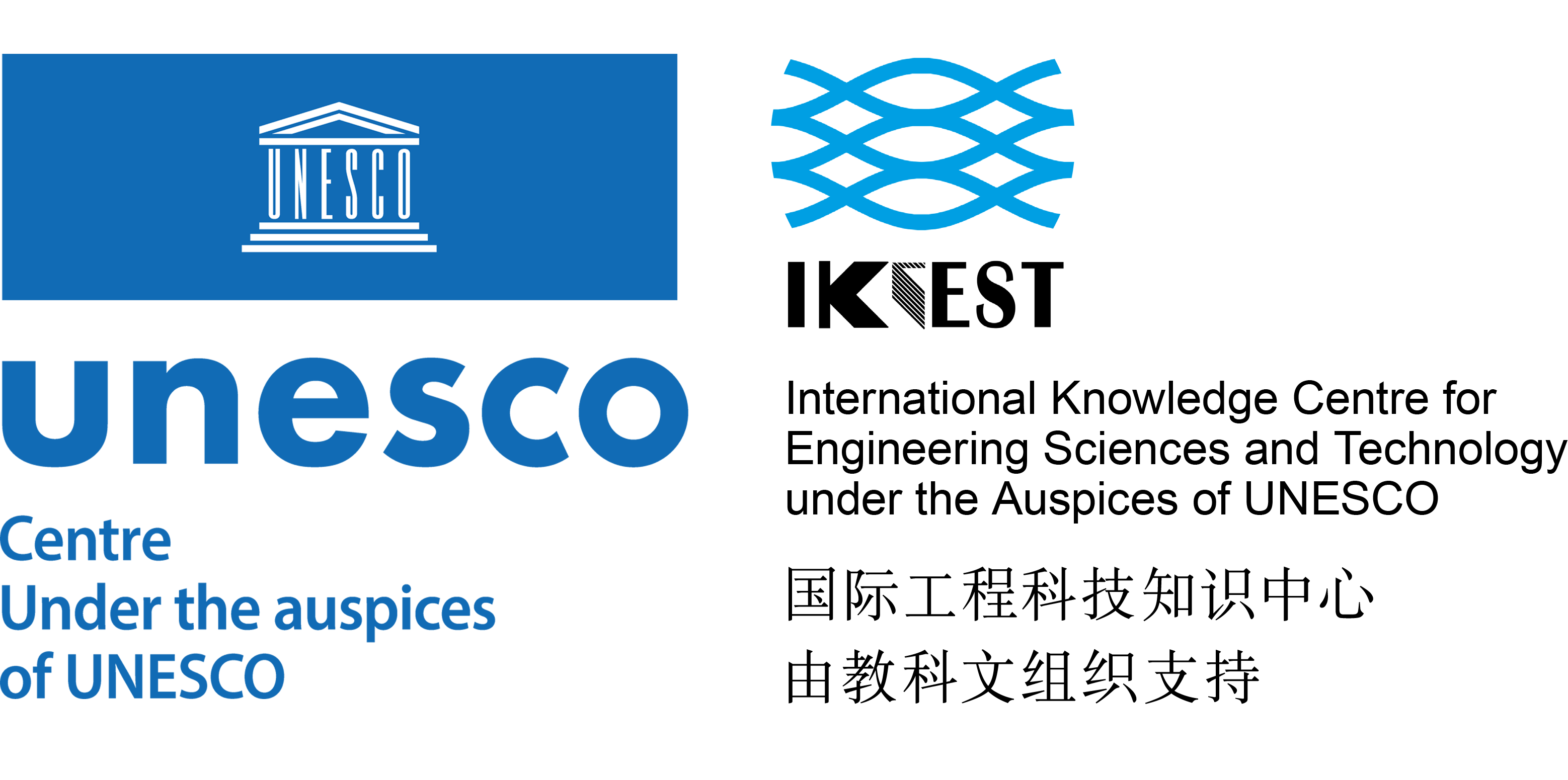Journal
Please choose volume & issue:
- Corrigendum to “On permeability matching to simulate pore pressure measurements” [Comput. Geotech. 93 (2018) 247–252]
-
A 3D RITSS approach for total stress and coupled-flow large deformation problems using ABAQUS
Abstracts:A large deformation finite element (LDFE) method is implemented in a commercially available finite element software in three dimensions using a re-meshing and interpolation technique. The method allows fully coupled pore fluid effective stress analysis as well as decoupled total stress analysis to be performed. The method is described step by step following its application to offshore pipeline penetration analysis in full 3D. The results indicate versatility of the approach, showing reasonable agreement with existing solutions.
-
Modelling the mechanical behaviour of a natural unsaturated pyroclastic soil within Generalized Plasticity framework
Abstracts:The paper deals with the mechanical behaviour of a natural volcanic silty soil sampled from steep slopes. This soil is very loose and unsaturated over most of the year due to climate conditions. Thus so-called wetting collapse and static liquefaction may occur during rainfall. Major issues are posed once the slides turn into flows with high destructive potential. However, the modelling of the constitutive behaviour is challenging and not yet available in the literature for this soil. A recent Generalized Plasticity Model was selected as it is capable to adequately take into account the effects of change in soil porosity, bonding related to the matric suction normalized versus soil porosity, and static liquefaction proneness. The model is calibrated for 37 saturated/unsaturated laboratory tests, and the performance of the model is assessed quantitatively. It is newly shown that the model – with one single set of constitutive parameters – is capable to well describe the soil mechanical response, in unsaturated and saturated conditions, experienced by the soil in different laboratory devices and along different stress paths. Those insights provide a theoretical framework for designing further laboratory tests, improving the understanding of this complex natural soil, and implementing better modelling of landslides of the flow-type.
-
Sequential back analysis of spatial distribution of geomechanical properties around an unlined rock cavern
Abstracts:This paper develops a sequential displacement data collection and back analysis approach for mapping spatially distributed Young’s modulus (
E ) in a rock mass during the excavation of an unlined rock cavern (URC). Results show that this approach provides an unbiased estimate of theE field and its uncertainty. It also reveals a more detailedE distribution than kriging approach, which is based on samples ofE values from boreholes before excavations. Further, predicted shear strain distribution and displacement of cavern periphery based on the estimates from this approach are more accurate than those based on the kriging estimate. -
Effect of vertical seismic motion on the dynamic response and instantaneous liquefaction in a two-layer porous seabed
Abstracts:The evaluation of seismic-induced responses in a porous seabed is a fundamental problem in geotechnical and coastal engineering. Although ground motions generally include both horizontal and vertical components, a majority of previous theoretical investigations assumed vertically propagating shear waves in a horizontally layered soil–rock system and simply ignored the effect of site response to vertical earthquake motion. In this paper, the dynamic response and instantaneous liquefaction of a porous seabed that is induced by vertical earthquake loading is studied using an analytical method. The seabed is treated as a two-layer poroelastic medium and characterized by the dynamic formulation of Biot theory. The analytical solutions for the response variables, such as induced displacement, pore pressure and vertical effective stress, are derived individually, and the mechanism of instantaneous liquefaction in liquefiable sediment is investigated based on the excess pore pressure criterion. A set of parametric analysis is performed to discuss the effects of seawater, the seabed and earthquake parameters on the seismic response and maximum liquefaction depth. It is worth noting that the properties of the surface seabed layer have a significant influence on the seismic response and, consequently, the potential stability of the seabed, which is important in the analysis of offshore structure foundations.
-
Analytical method for calculation of ground vibration from a tunnel embedded in a multi-layered half-space
Abstracts:An analytical method is presented to calculate ground vibrations from a tunnel in a multi-layered half-space. Using the transfer matrix method, the dynamic system matrix for the multi-layered soil overlying a half-space or bedrock is obtained. The tunnel is coupled with the multi-layered soil via transformations between the cylindrical waves and plane waves. The proposed method provides a high-efficient tool to predict vibrations induced by underground railways. Numerical simulation suggests that the critical velocity under the moving harmonic load mainly depends on the properties of soils below the tunnel. There is no obvious critical velocity under the moving harmonic load.
-
Numerical analysis of hydro-thermal behaviour of Rouen embankment under climate effect
Abstracts:When modelling the variations of soil volumetric water content and temperature in earth constructions, it is essential to adopt a fully coupled hydro-thermal model and to well determine the boundary conditions by considering soil-atmosphere interaction. In this study, a numerical approach combing coupled hydro-thermal model and soil-atmosphere interaction model is developed and applied to investigate the hydro-thermal behaviour of a field embankment constructed at Rouen. The related meteorological variables were recorded hourly from more than one year. Comparisons between the measurements and the simulation results show the relevance of the proposed numerical approach and its further application in longer term.
-
Influence of boundary constraints on stress heterogeneity modelling
Abstracts:By employing the effective variance of stress tensors as a scalar-valued measure of stress heterogeneity, we quantitatively analyse the influence of boundary constraint stiffness on numerically derived stress distribution in a fractured rock mass. The results reveal a decreasing trend in the effective variance of stress field with an increasing boundary constraint stiffness. This work demonstrates the efficacy of effective variance for stress heterogeneity quantification, and also indicates that the boundary constraint stiffness can affect stress modelling results. We suggest that quantitative evaluation of the effects of boundary constraints may be needed in geomechanical modelling of fractured rock masses.
-
Vibration isolation of row of piles embedded in transverse isotropic multi-layered soils
Abstracts:The analytical layer-element method is used to solve the transverse isotropic multi-layered soils, and the finite element method is used for the piles. Considering the displacement coordination and the equilibrium of the contact force along the pile-soil contact face, the dynamic response equations of the single row of piles under an external circular time-harmonic surface vertical load are achieved. Then, the displacements at the observation point with and without the effect of piles are obtained, respectively. The influences of the soils’ transverse isotropy, stratification characteristics and pile spacing on the isolation effect of the single row of piles are investigated.
-
A generalized contact potential and its application in discontinuous deformation analysis
Abstracts:The distributed contact force that is determined from the contact potential can be used to deal with the contact between discrete bodies. The current study defines the generalized contact potential (GCP). The GCP is independent of the shape and size of body and possesses the thorough geometric locality. If and only if the contact regions are exactly the same, the contact potentials are identical. By combining discontinuous deformation analysis (DDA) and GCP a new DDA, named GCP-DDA, is produced, in which the generalized-
α method is adopted to discretize the time domain. The GCP-DDA can make the global controlling equation and the open-close iteration (OCI), which may cause the reduction of time step size and the rebuilding and solving of global controlling equation, become unnecessary. The intractable issues related to convex-convex contact in the original DDA can be accordingly bypassed.
Hot Journals
- Risk Breakdown Matrix for Risk-Based Inspection of Transportation Infrastructure Projects
- Social Control in Outsourced Architectural and Engineering Design Consulting Projects: Behavioral Consequences and Motivational Mechanism
- 2022 Best Paper Award
- Hold-Ups and Failures in Negotiated Order: Unearthing the Nuances of Rework Causation in Construction
- Prevalence and Risk Factors for Poor Mental Health and Suicidal Ideation in the Nigerian Construction Industry
- CFRP–Cable-Stayed Bridge Hybrid with Partial Suspension and a Span Exceeding 3,000 m: Concept, Optimization, and Construction
- Impact of Wind Load Characteristics on Computed Bridge Stay-Cable Forces Used for Bridge Health Monitoring
- Weak-End and Frequency Detection of Elastically Supported Bridges by Contact Residual Response of Two-Axle Test Vehicle in a Round Trip
- Development of Performance-Based Fragility Curves of Coastal Bridges Subjected to Extreme Wave-Induced Loads
- An Analytical Model to Evaluate Short- and Long-Term Performances of Post-Tensioned Concrete Box-Girder Bridges Rehabilitated by an Ultrahigh-Performance Concrete Overlay
- Three-Dimensional Velocity Distribution in Straight Smooth Channels Modeled by Modified Log-Law
- Experimental Investigation on Flow Past Two and Three Side-by-Side Inclined Cylinders
- An Experimental Investigation of Rotor–Box Aerodynamic Interaction 1
- Modeling Gas–Liquid Flow Between Rotating and Nonrotating Annular Disks
- Entry Length Requirements for Two- and Three-Dimensional Laminar Couette–Poiseuille Flows
Advanced Materials (3,745)
- Structured Perovskite Light Absorbers for Efficient and Stable Photovoltaics
- Strategies for High‐Performance Solid‐State Triplet–Triplet‐Annihilation‐Based Photon Upconversion
- Atomic Engineering Catalyzed MnO2 Electrolysis Kinetics for a Hybrid Aqueous Battery with High Power and Energy Density
- Crystal Adaptronics: Global Performance Indices for Dynamic Crystals as Organic Thermal Actuators (Adv. Mater. 20/2020)
- Enlightening Materials with Photoswitches
Acta Astronautica (1,768)
- Mixed-integer trajectory optimization with no-fly zone constraints for a hypersonic vehicle
- Adaptive control design for active Pogo suppression of large strap-on liquid launch vehicles
- Machine learning based approach for modeling and forecasting of GPS–TEC during diverse solar phase periods
- Effect of two-dimensional micro-cavity surface on hypersonic boundary layer
- Investigation on burning behaviors of aluminum agglomerates in solid rocket motor with detailed combustion model








 User Center
User Center My Training Class
My Training Class Feedback
Feedback





